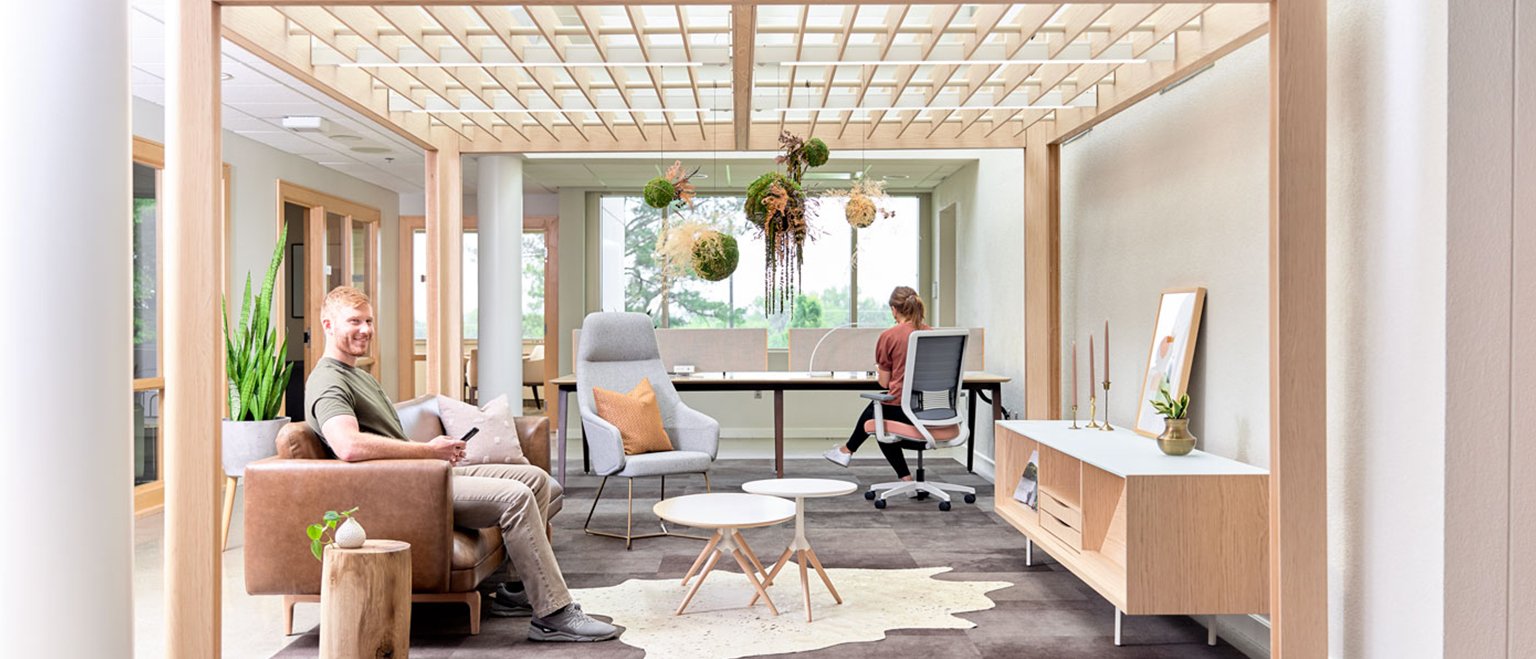
Product Selection
Hone in on Climate
Prioritize Products for Carbon Impact
Identify the top three product hotspots, i.e., the three product categories used in the largest volume with the biggest carbon footprints. Start by addressing the carbon footprint of those products on every project. For commercial office interiors, hotspots may include: flooring, furniture, ceilings, and acoustics.
Ask for EPDs
Use your leverage with manufacturers to ask for EPDs for any products to be considered for specification. Encourage them to upload EPDs to mindful MATERIALS and EC3.
Set Baselines for Most-Specified Categories
Identify major product types used on most projects, based on analysis of completed projects. Set baselines for GWP.
HELPFUL LINK:
Prefer Third-Party Verification or Management
Request and rely on only Type III Environmental Product Declarations (EPDs) for embodied carbon data. For vendors with proprietary information, use a value chain chemical management system or other third-party tools.
Communicate Clearly to Internal and External Stakeholders
Use resources that simply and clearly compare different products within each division to talk to both project teams and clients about low-carbon options. EC3 provides comparisons within nine materials categories: concrete, steel, wood, glass, aluminum, insulation, gypsum, carpet, and ceiling tiles.



